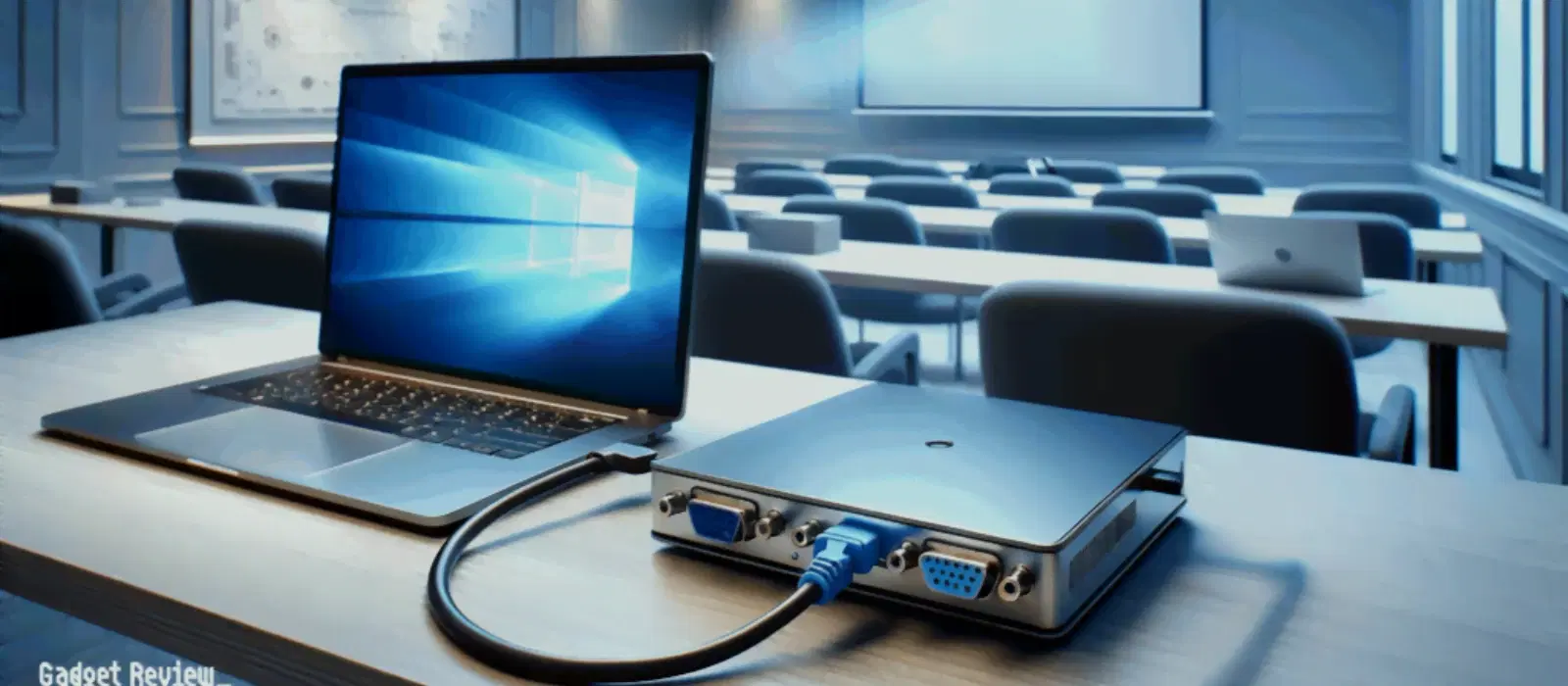
Consumer Electronics
•03 min read
Did you know that your Surface Laptop 3 can potentially be charged using USB-C? This innovative solution unlocks new levels of convenience for busy users, offering an alternative to the standard charging methods. In this tutorial, we explore the process of charging your Surface Laptop 3 using USB-C while addressing compatibility concerns and sharing practical tips for optimal performance. Read on to learn how to confidently power up your device with flexibility in mind.
USB-C Power Delivery (PD) is a fast and efficient charging method that utilises higher voltages and amperage compared to standard USB charging. Designed to be both versatile and powerful, USB-C PD supports faster charging times and improved energy management. Unlike ordinary USB connectors, PD adapts the power flow to meet device-specific requirements, making it a preferred option for modern gadgets.
The Surface Laptop 3 comes equipped with a USB-C port that not only enables charging, but also supports data transfer and external display connectivity. This multipurpose port ensures that users can enjoy a seamless balance of mobility and productivity, making it simpler to manage daily tasks and stay connected on the go.
Before you begin, it is crucial to verify that your USB-C charger meets the necessary Power Delivery specifications. The charger should ideally be rated at 60W or higher and adhere to USB-C PD standards to ensure that your Surface Laptop 3 receives the correct voltage and amperage. If your charger does not meet these criteria, you may find that your device either charges too slowly or not at all.
In our experience, USB-C PD adapters and external battery packs that explicitly state compatibility with Surface Laptop 3 have proven effective. It is advisable to test your charger by connecting it to the USB-C port on your laptop and observing the battery indicator. Selecting a charger with proven performance can significantly enhance your charging experience, giving you confidence in your device's support for alternative charging methods.
Step 1: Verify that your USB-C charger meets the Power Delivery specifications, ensuring it is rated at least 60W or above. This is crucial to achieve an efficient and fast charging process.
Step 2: Connect the USB-C charger to the Surface Laptop 3’s USB-C port. The port is marked for both charging and data connectivity, so ensuring a firm connection is key to preventing interruptions.
Step 3: Monitor the charging status via the battery indicator. A stable reading indicates that your device is receiving power, and if any issues are observed, it may be necessary to troubleshoot further.
If you encounter problems, it may be due to an unsupported charger, insufficient wattage, or even port malfunctions. Begin by checking for any software updates or driver issues related to the charging interface. Testing alternative chargers can also help isolate the problem. In some cases, physical damage to the port can hinder charging performance, so a careful inspection is advised.
Pro Tip: Ensure Your Charger Meets USB-C PD Standards
Did you know that using a USB-C charger with insufficient wattage can prevent your Surface Laptop 3 from charging effectively? Always opt for chargers rated at 60W or higher with USB-C PD to avoid interruptions.
The Surface Connect charger remains the standard charging option for your device. Designed with proprietary technology, this charger offers reliability and consistency in powering your laptop. For those who value trusted performance, using the Surface Connect charger can still be a preferred option.
For emergency charging and enhanced portability, consider using external battery packs that support USB-C PD. These packs are especially useful when you are on the move and away from conventional power outlets. They act as a versatile backup solution, ensuring that you remain productive even during unforeseen power shortages.
Yes, it is possible to charge your device using a USB-C PD charger that meets the required wattage and voltage specifications.
This issue may arise due to using an unsupported charger, insufficient wattage, or outdated drivers. Verify that your charger is USB-C PD compliant and consider updating your device software.
Yes, Surface Go supports USB-C charging provided that you use a compatible charger that meets the required standards.
You may utilise a USB-C PD charger or an external battery pack with USB-C compatibility as an alternative charging solution.
The laptop may not charge at all or could charge at a slower rate, which might affect battery health over time.
In summary, the Surface Laptop 3 offers the convenience of charging via USB-C when the correct Power Delivery specifications are met. This method provides a flexible alternative to the proprietary Surface Connect charger, ensuring that your device remains powered even when you need a portable charging solution. For users who value efficiency and portability, understanding the nuances of USB-C PD and following reliable troubleshooting methods is key to a satisfying charging experience.
Discover more about the benefits of using Tata Neu to enhance your tech journey. With Tata Neu, every transaction is more than just a purchase—it is a step towards a smarter, more rewarding lifestyle. Earn NeuCoins on every transaction and experience the convenience of expert guidance and comprehensive support. Embrace the future of technology with confidence, knowing that innovative charging solutions and versatile device compatibility are always at your fingertips.